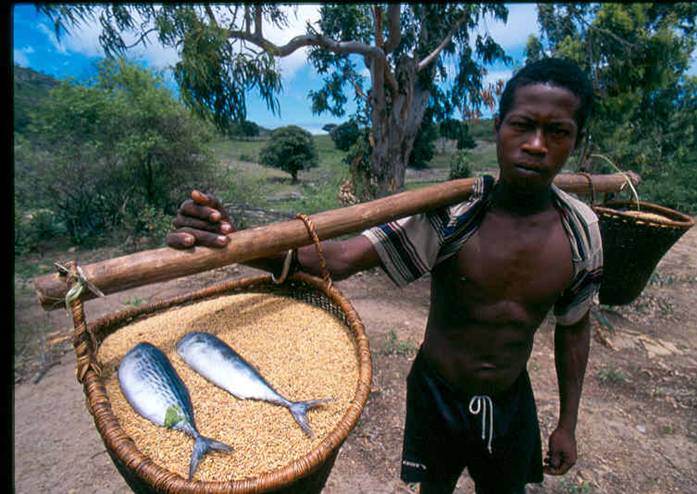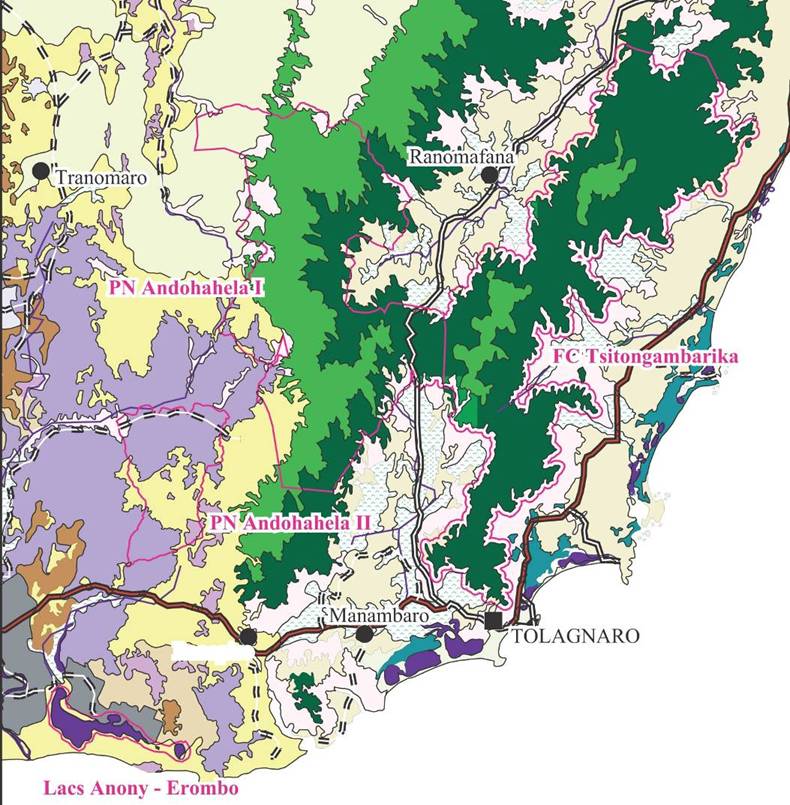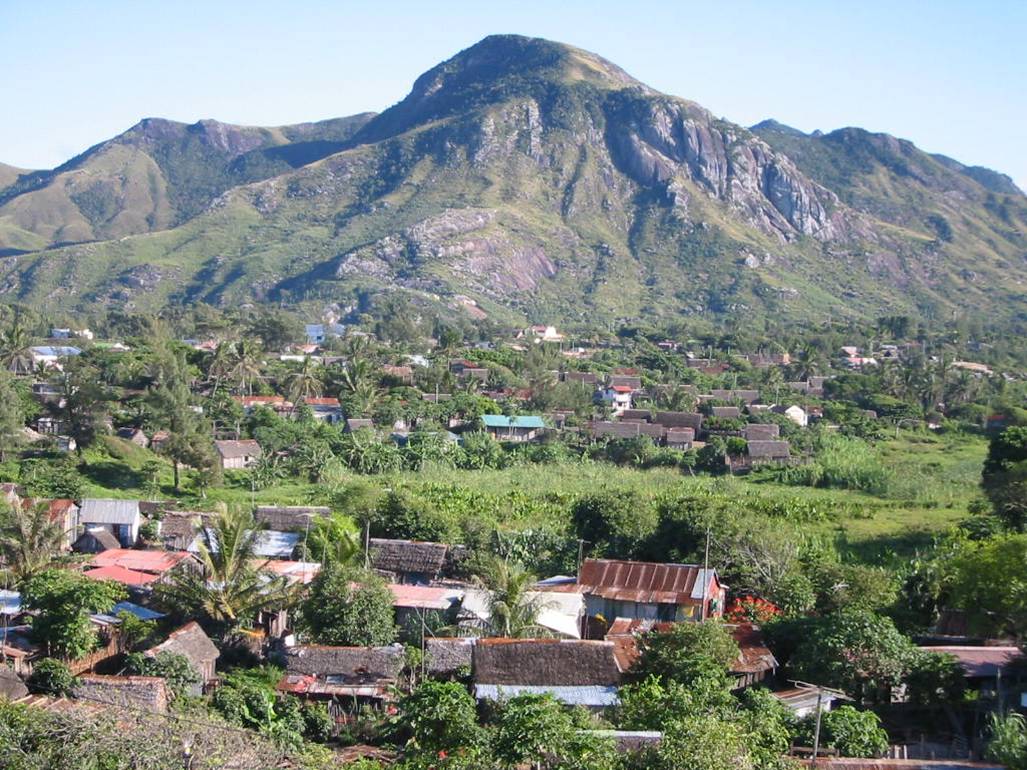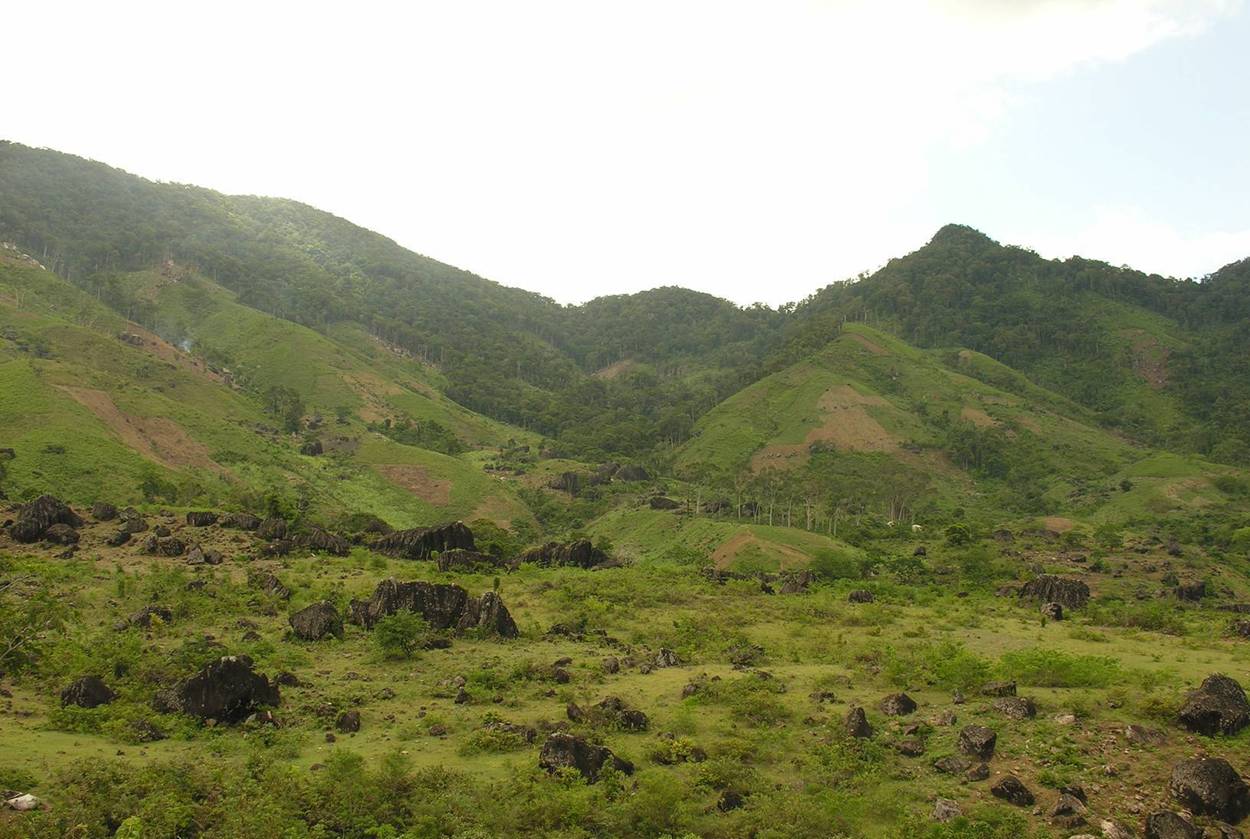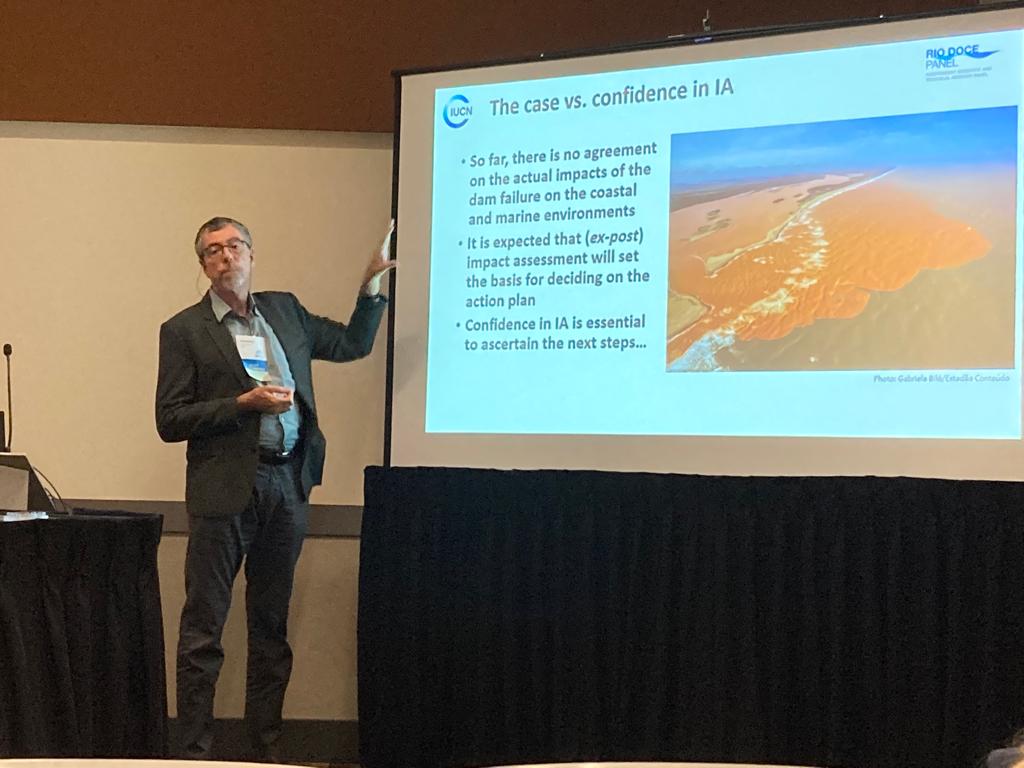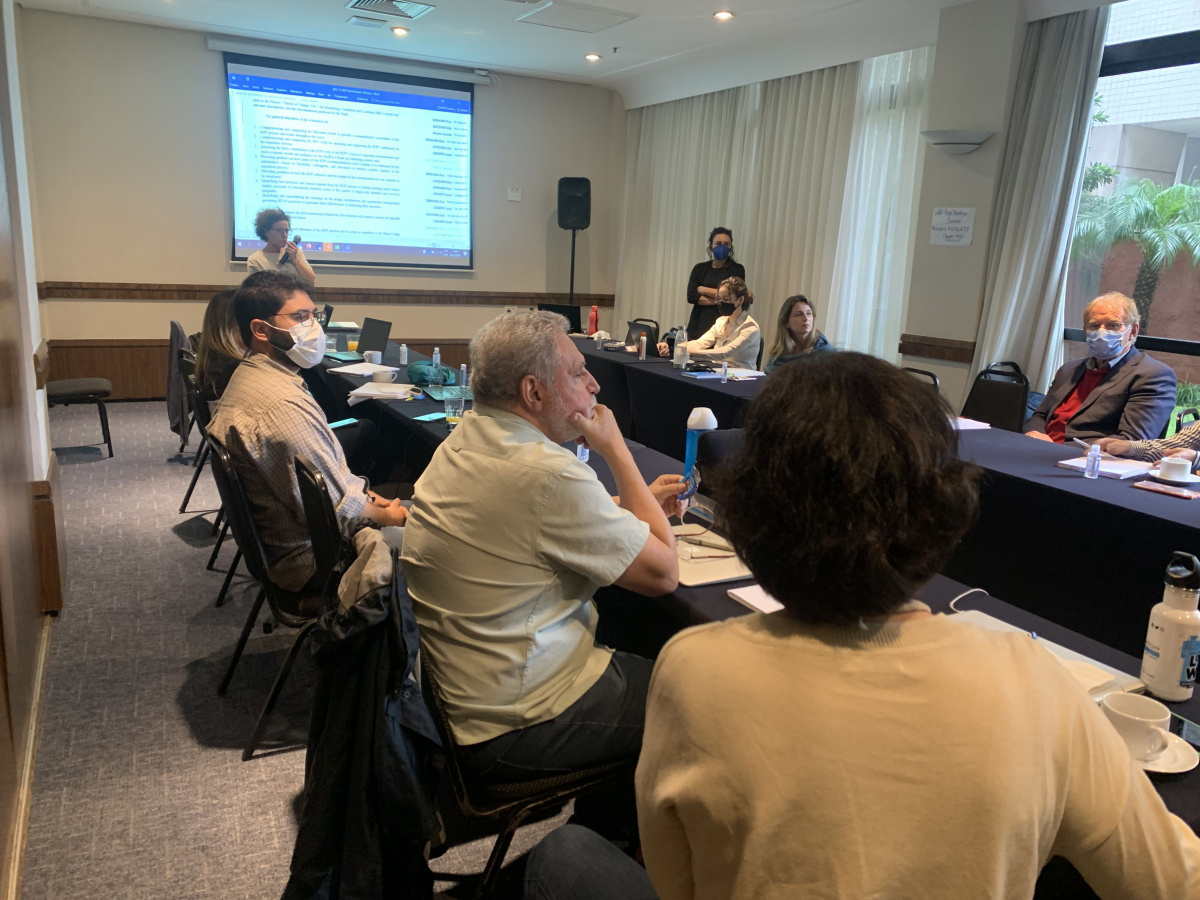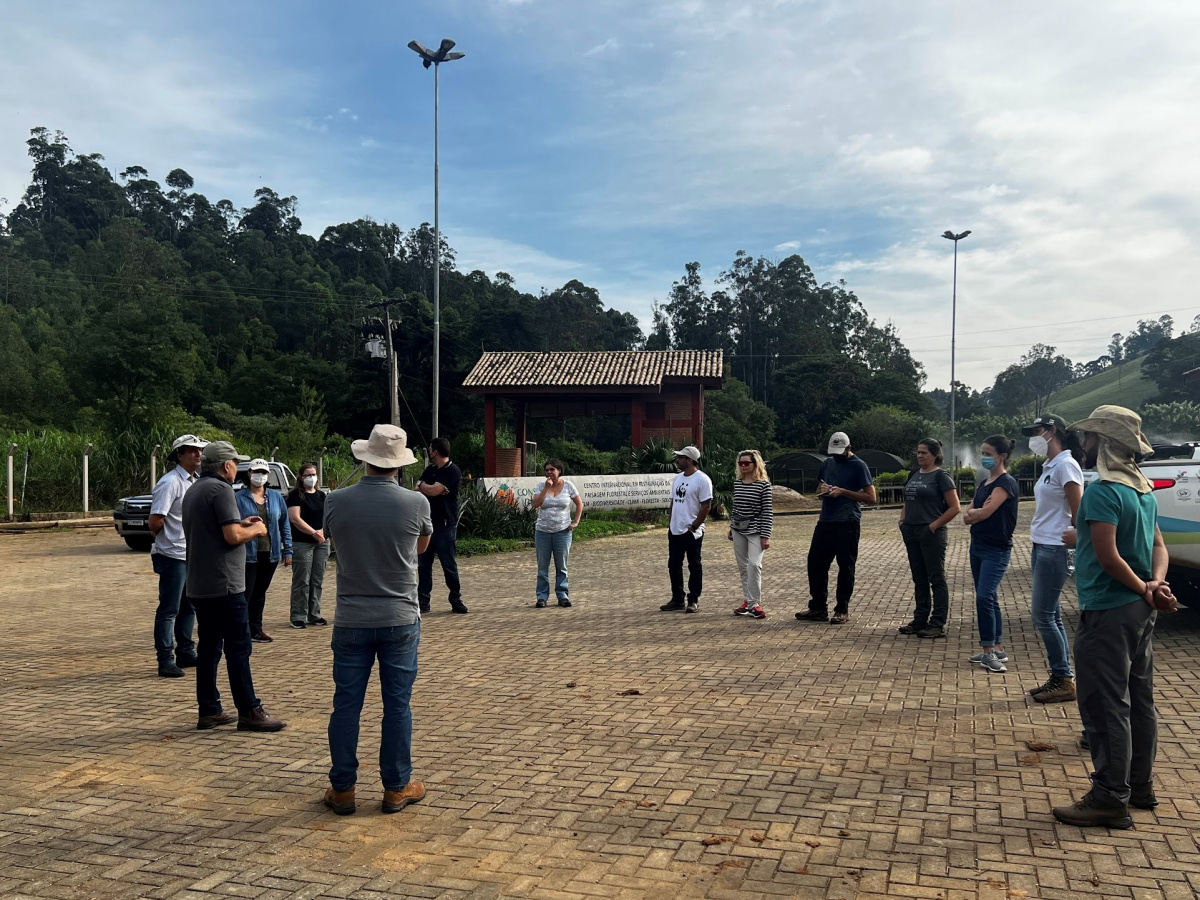Protecting nature makes sense: IUCN and Rio Tinto assess conservation’s costs and benefits
A new study by IUCN (International Union for Conservation of Nature) finds that by financing the restoration or protection of natural areas, companies can offset the negative impacts of their operations and generate significant economic benefits, but the needs of local communities must be properly addressed.
“Companies are increasingly interested in how to minimize and compensate for the negative impacts of their development projects,” says Nathalie Olsen of IUCN’s Economics Programme and lead author of the report. “Information about distribution of costs and benefits of conservation action, such as who gains and who loses, is essential to know who should be compensated, by whom, and by how much.”
Rio Tinto recently commissioned IUCN to estimate the monetary value of the biodiversity benefits of conserving the Tsitongambarika forest in Madagascar and examine the costs of such conservation.
The company, in collaboration with some of its biodiversity partners, is exploring conservation opportunities to compensate for the unavoidable residual impacts of its mining operations in the region. It supports local non-governmental organizations and communities in conserving parts of the Tsitongambarika forest, to produce the conservation gains needed to achieve a net positive impact on biodiversity for this operation.
“There are many types of values associated with biodiversity and the services provided by tropical forests, such as food, wildlife habitat and carbon storage,” says Dennis Hosack of IUCN’s Business and Biodiversity Programme. “Some of these values can be quantified and expressed in monetary terms, which allows them to be better integrated into decision-making by both companies and governments.”
“For example, we have found that global economic benefits of conserving the Tsitongambarika forest are worth at least US$17.3 million over 30 years, mainly due to climate regulating functions”, says Olsen. “When deciding whether to restore or protect land, demonstrating the positive economic values of nature and the benefits to people, makes conservation a more competitive option.”
The Tsitongambarika forest is the largest expanse of lowland humid forest in southern Madagascar and contains high levels of biodiversity, with more than 80% of species found nowhere else on earth. It is while also an important source of local livelihoods. The forest is being lost at a rate of 1-2 % per year, mainly due to slash and burn cultivation by local communities.
To assess the benefits of conserving the forest, IUCN took into account the value of wildlife habitat, hydrological regulation and carbon storage. It also examined the costs of conservation, such as up-front investment, the maintenance of protected areas, as well as the opportunity costs that local people bear if they lose access to natural resources that have traditionally provided them with food and income.
The study found that while substantial economic benefits associated with the conservation of tropical forests accrue to global populations, it is often local people who bear most of the costs of conservation action and need to be compensated for the losses they incur. This can be achieved through Payments for Ecosystem Services, which provide incentives for local communities to protect or sustainably manage land. Another opportunity to recognize this value is through the UN programme Reducing Emissions from Deforestation and Forest Degradation (REDD+), considering local needs and the objectives of national strategies.
“Although the study focuses on southern Madagascar, its findings can be applied to conservation actions globally and are relevant for many companies as they increasingly aim to compensate for their negative impacts on biodiversity,” adds Hosack.
Report “Exploring ecosystem valuation to move towards net positive impacts on biodiversity in the mining sector” can be downloaded at: https://www.iucn.org/dbtw-wpd/edocs/2011-062.pdf
For more information, or to set up interviews, please contact:
Ewa Magiera, Communications Officer, m +41 79 856 76 26, e ewa.magiera@iucn.org
Brian Thomson, IUCN Media Relations, m SA +27 (0)74 186 8665, m CH +41 (0)79 721 8326, e brian.thomson@iucn.org
